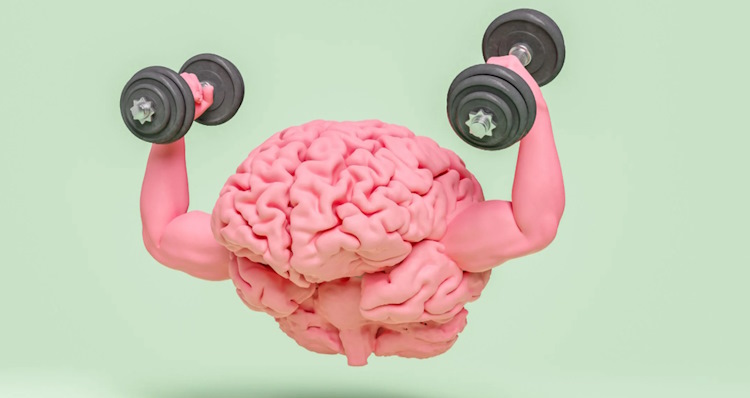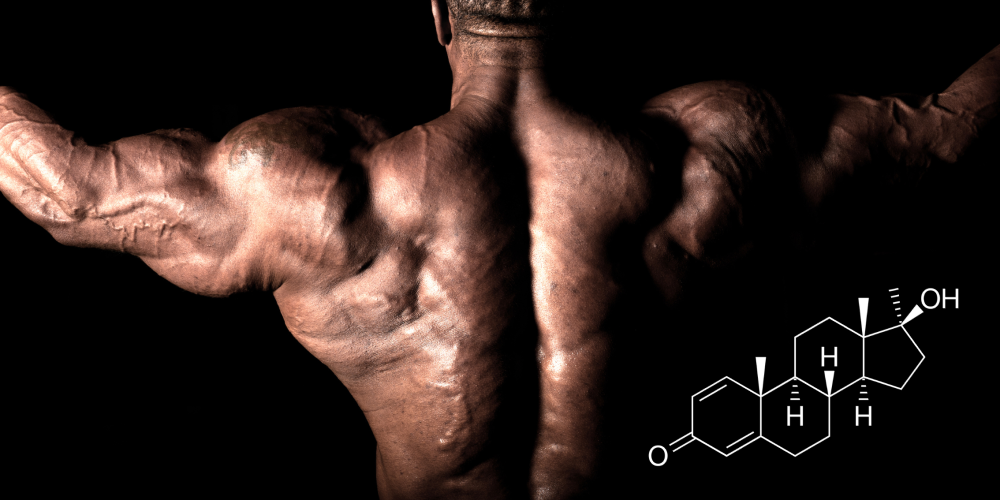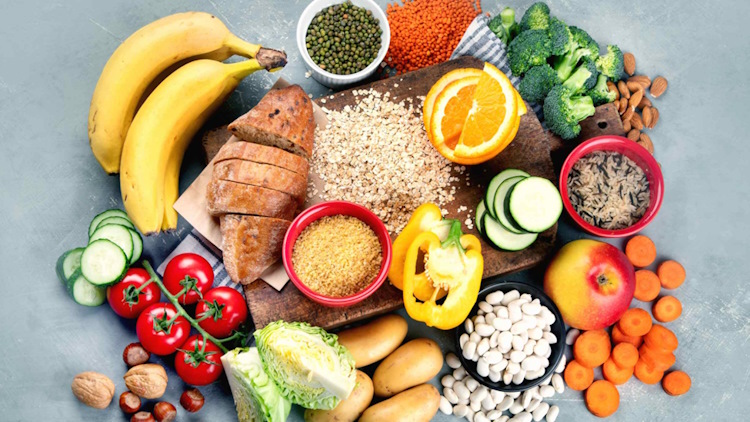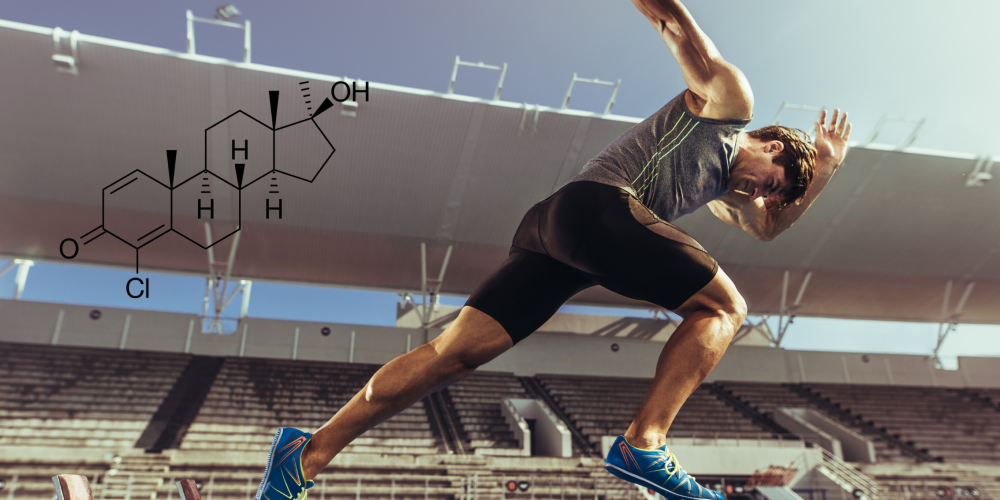Genetics can alter your athletic performance
Genetics can alter sports performance, response to the use of PEDs and decide which diet is the most effective for you.
Genetics and PEDs use
Many people talk about the genetic response to steroids, of “good” and “bad” responders to these compounds, your product may not be underdosed but because of your genetics you do not respond in the same way as the rest (without having taking into account variables such as diet, training and resting), science has not delved much into this subject, but it has given us some answers that may be useful.
It has been found that most of the hydrolysis of esters is carried out by the PDE7B gene.
In a study where 500mg of testosterone enanthate was administered to see the different responses of users to this steroid, the “good” responders who had the A allele obtained an average of 3.9 times higher levels than the basal level after the administration of 500mg of testosterone enanthate, the “bad” responders who had the G allele obtained an average increase of 2.5 times the baseline levels after the administration of 500mg of testosterone.
If we extrapolate this information we can get a very interesting piece of information and that is that the results, even having the same allele, varied, since the purpose of the experiment was only to take the average of the responders according to the allele, I would like to point out that it is very interesting that despite having the same allele and using the same methodology in the experiment the results had a small variability, this is because there are more factors at play.
We could imitate this test, injecting 500mg of testosterone enanthate and analyzing total testosterone concentrations 48 hours after administration (if its possible knowing that the testosterone concentration is correct or if we lack this data, we could compare our bloodwork with those subjects with the same batch and dose) if our levels are between 13-14ng / mL or close to these levels it would mean that we are bad responders ,close to 19ng / mL would mean that we are good responders and levels above this range would be what are known clinically as “outliers” .
If you are a “bad” responder, I would recommend using short esters (because the problem usually lies in the difficulty of hydrolyzing the ester) and using oral drugs as they lack an ester and have an immediate effect.
Our body has a large number of genes that modulate enzyme activity, two well-known are the CYP3A4 gene and the CYP2C9 gene, as has been proven in various clinical cases, the various mutations that can affect these genes can cause abolished, reduced, altered or increased enzymatic activity causing the metabolism of PEDs to be affected, for example in reference to the CYP3A4 gene we can detect at least 7 important mutations, which would divide the population into three different groups: “poor metabolizers, normal metabolizers and rapid metabolizers”, depending on the type of metabolism that the user has.
Another very interesting (and potentially dangerous) example is CYP2C19 * 17 polymorphism in the case that it causes a person to belong to the category called “ultra-rapid metabolizers”.
Genetics and weight loss
Below I am going to expose several genetic mutations and wild alterations that affect weight and fat loss.
FABP2 (rs1799883)
FABP2 refers to the intestinal fatty acid binding protein 2, which is a protein located in the cytosol of the intestinal epithelium and is associated with the metabolism of long chain fatty acids.
At rs1799883 a transition occurs at codon 54 resulting in a replacement of Alanine (Ala) with Threonine (Tr), the wild-type allele pattern for FABP2 is Ala / Ala while the mutant is Ala / Tr or Tr / Tr.
People with the mutant-type allele pattern would take advantage of a low-carb, high-fat diet while people with the wild-type allele pattern would take more advantage of a high-carb, low-fat diet.
PPARG2 (rs1801282)
This is the peroxisome proliferator activated receptor gamma-2 gene, which is an isoform of the PPARG gene. PPARG2 is found mainly in adipocytes and has a very important role in adipocyte differentiation. At codon 12 of exon B in rs18001282 a mutation occurs consisting of a transition from alanine (Ala) to proline (Pro). The wild type allele pattern of PPARG2 is Pro / Pro, while the mutant type is Pro / Ala or Ala / Ala.
People with the mutant-type allele pattern would benefit more from a low-fat, high-carbohydrate diet.
ADRB3 (rs4994)
This is the beta-3 adrenergic receptor gene, which is found mainly in adipocytes and its function is related to lipid metabolism and thermogenesis.
At codon 64, a mutation can occur consisting of a transition from tryptophan (Trp) to arginine (Arg). The wild type allele pattern is Trp / Trp while the mutant type is Arg / Arg or Trp / Arg.
People with the mutant-type allele pattern would benefit more from a moderate carbohydrate and fat diet, those with a wild-type allele pattern would take advantage of a very high intake of PUFAs.
ADRB2 (rs1042713 and rs1041714)
This is the beta-2 adrenergic receptor gene which is distributed throughout the body, with a large presence in adipocytes and plays a very important role in lipid metabolism and thermogenesis.
The two most common genetic mutations in this gene occur at codons 16 and 27, respectively. At codon 16 (rs1042713) arginine (Arg) replaces glycine (Gly), the homozygous allele pattern for Glycine is that of the wild type (Gly / Gly) while the other two are of the mutant type.
At codon 27 (rs1041714) glutamic acid (Glu) replaces glutamine (Gln), the homozygous allele pattern for Glutamine is of the wild type (Gln / Gln) while the other two are of the mutant type.
People with a wild-type allele pattern at codon 16 would need a greater caloric deficit to achieve the same weight loss , the same would happen for those with a mutant-type allele pattern at codon 27.
Genes and sports performance
This is an excerpt from a list with more than 20 genes that can influence sports performance:
ACE gene: Angiotensin converting enzyme gene has a very important role in muscle strength. Allele I is related to a lower concentration of ACE, while allele D is related to a higher concentration of ACE in serum and tissue. The ACE I / I genotype appears to be better for endurance athletes as it improves efficiency, while the D / D genotype favors strength and power athletes.
Vitamin D receptor gene: A gene that has been studied in association with muscle strength, in fact the B allele of one of the forms of this gene has been associated with increased quadriceps strength.
Alpha actinin 3 (ACTN3): The gene that encodes a protein called alpha actinin 3, two alleles have been discovered, X and R, the RR genotype is more favorable in strength and power sports, while the XX genotype is better for endurance sports. World-class endurance runners are more likely to contain the XX genotype.









